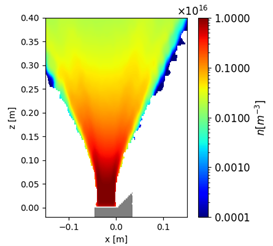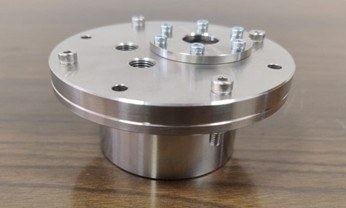A Radiofrequency (RF) cathode is basically a generator of electrons. It is a key component in the framework of space electric propulsion since several engines are designed to produce thrust by accelerating only positive ions. To avoid the satellite from charging up and the consequent generation of electric arcs, a very dangerous phenomenon, a cathode is needed to emit a counterbalancing flux of negative charges (i.e., light electrons). A very challenging task of BOOST is to operate cathodes with iodine propellant. In fact, standard systems are not compatible with this very corrosive propellant. For this reason, the University of Padova is exploring the innovative solution based on the RF cathode. In this system, plasma (i.e., the reservoir of electrons) is generated using a non-contact system, namely via suitable RF electromagnetic fields. The Consortium and the project proponents are convinced that this is a winning solution that will contribute, in the future, to the widespread adoption of iodine propellant in the space market.

Within the first year of the BOOST project, the research group of the University of Padova worked on several tasks that will lead, in the near future, to the realization and testing of an RF cathode propelled with iodine. First, numerical simulations allowed predicting the complicated plasma dynamics that determine the performance of the RF cathode. Based on that, it has been possible to design a first prototype that will be tested soon. Now, we are looking forward to receiving all the components to assemble the first prototype of the RF cathode.

At the same time, the research group designed the fluidic connections needed to store iodine in the laboratory facilities and to feed the RF cathode with the appropriate amount of propellant. Also in this case, numerical simulations guided the dimensioning of the fluidic line. As soon as all the elements of the line are manufactured, we will be ready to test an RF cathode propelled with iodine propellant.